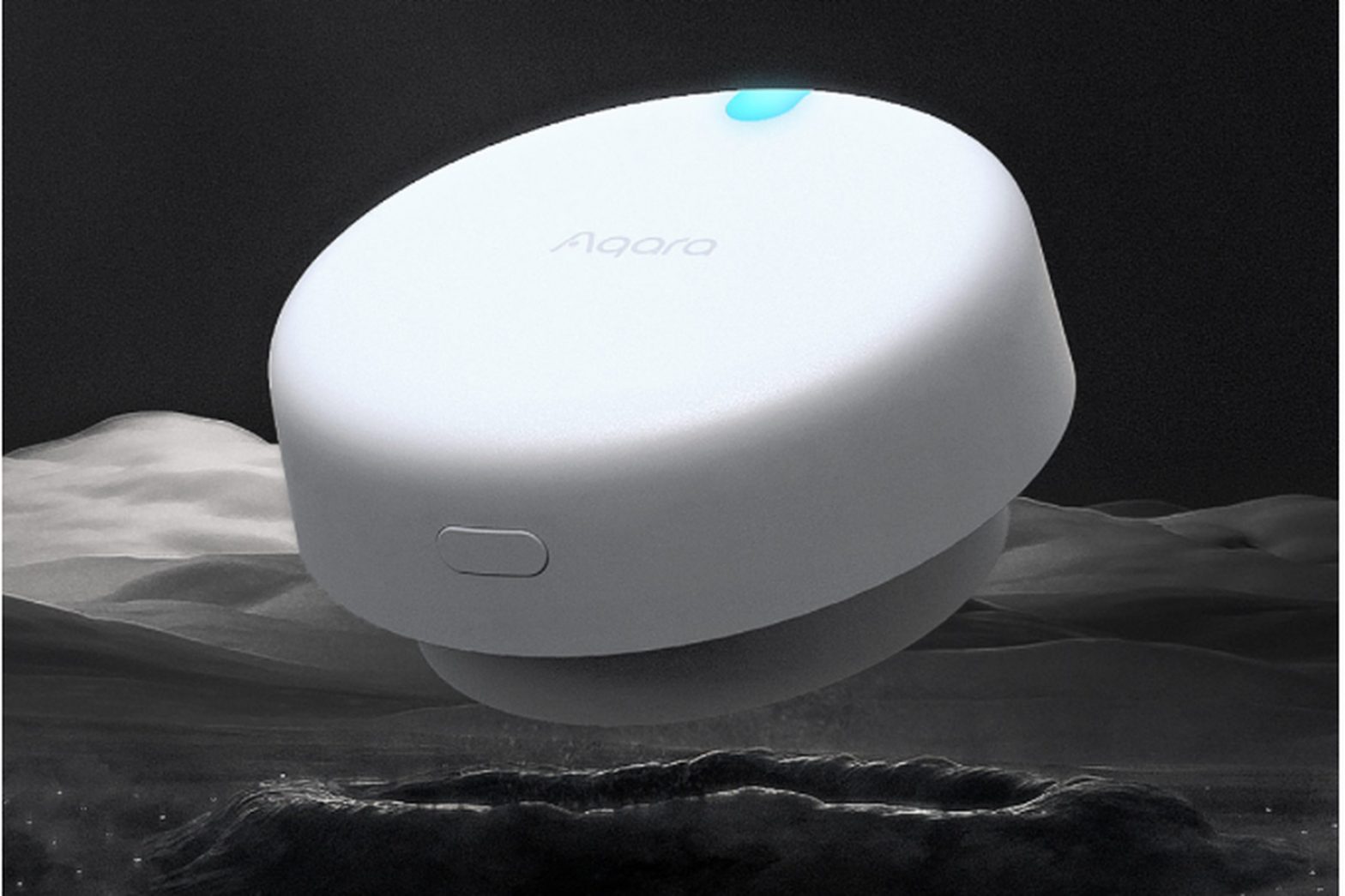/
With presales starting in China, we now know the mmWave sensor can monitor the motion of three people in a 400-square-foot room using up to 32 different motion zones.
:format(webp)/cdn.vox-cdn.com/uploads/chorus_asset/file/24458467/Screenshot_2023_02_24_at_11.56.28_AM.png)
More details have emerged about Aqara’s FP2 presence sensor as presales for the device begin in China for a March launch, indicating an international release is imminent. The sensor, which uses mmWave radar tech rather than traditional PRI sensing, is now available to preorder for a discounted price of ¥599 (roughly $86), according to this tweet from the Chinese tech blog WaveTech.
The Aqara FP2 — which we named a Best in Show at CES 2023 and should come to the US in the spring — could revolutionize motion control in the smart home. A presence sensor differs from a standard motion sensor in that it can accurately detect human presence from movements as slight as the rise and fall of your chest when breathing, as well as know where you are in a room and if you are sitting, standing, or lying down.
If you’ve ever found yourself sitting in the dark because a motion sensor decided the room was empty and shut off the lights, you can see the appeal.
We reported on the FP2 when it was announced at CES in January, but new information we can glean from the Chinese launch site and reporting from HomeKit News includes:
- The sensor can track “the spatial position and movement” of up to three people in a space simultaneously.
- It can detect motion sitting, standing, or lying down.
- An OTA update will enable support for “posture detection,” — i.e., when you change from standing to sitting, and fall detection capabilities are also coming in a future update.
- It can monitor motion in 32 separate zones.
- The app allows you to program a grid with 320 squares (see image) to determine the motion spaces, which creates up to 32 individual motion-sensing areas that refresh every half a second (very fast).
- The sensor can cover up to 40 square meters (around 430 square feet).
- An onboard ambient light sensor can be used to turn lights brighter as more people enter a room.
- It has an IPX5 rating.
- It works over 2.4 GHz Wi-Fi and has a Bluetooth 4.2 radio on board — possibly for future Matter commissioning (Matter devices require Bluetooth for onboarding).
:format(webp)/cdn.vox-cdn.com/uploads/chorus_asset/file/24458507/Screenshot_2023_02_24_at_12.02.45_PM.png)
All this makes it possible to create much more specific, more context-based automations in your home. Say, turn on this particular lamp when someone sits in this chair after 6PM. Or set it so that if one person gets up between midnight and 5AM, turn on one bulb in the bathroom in nightlight mode. Another option would be to turn on all lights in this room when someone gets up from this side of the bed after 8AM, but not if they get up from the other side (useful if you’re on different schedules).
:format(webp)/cdn.vox-cdn.com/uploads/chorus_asset/file/24458502/Screenshot_2023_02_24_at_11.56.47_AM.png)
When I spoke with Aqara at CES, they said the FP2 would cost around $60 in the US market; it’s unclear if the significantly higher presale price in China indicates a change in plan.
At launch, the sensor, which is powered by a USB-C cable, will work with Apple Home and Aqara’s own smart home app but doesn’t require a Zigbee Aqara Hub. Matter support is coming, according to Aqara, once the smart home standard supports this type of sensor. The Connectivity Standards Alliance has said more advanced motion sensing will be coming to Matter in a future release.
